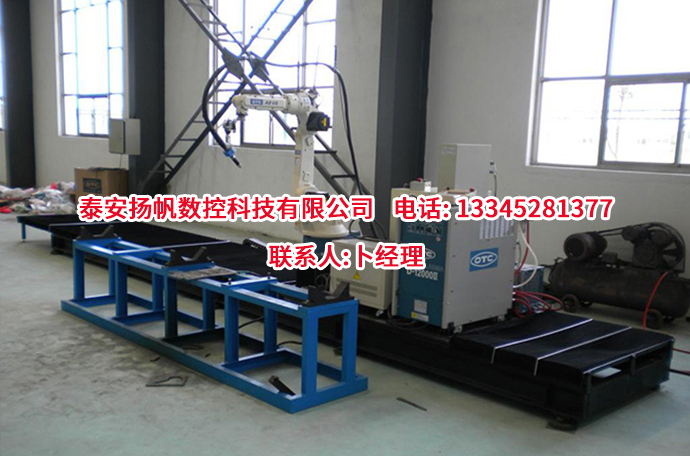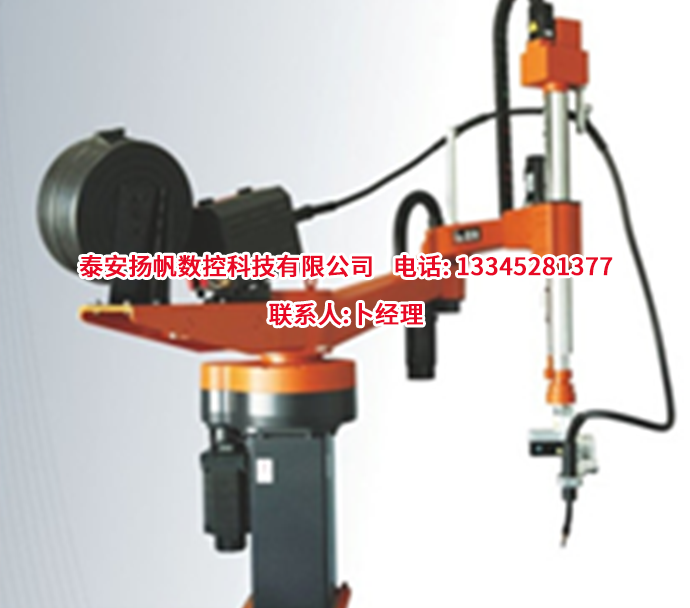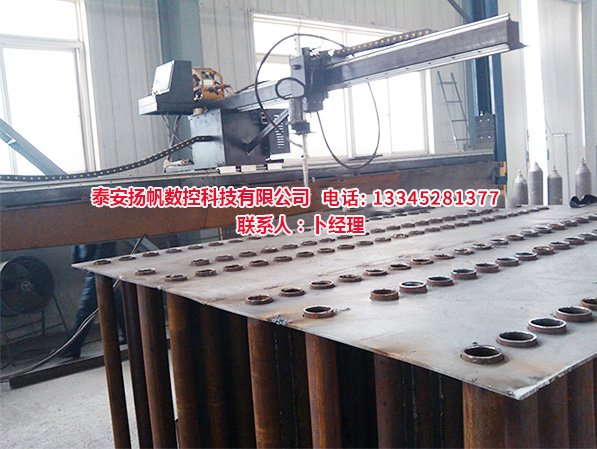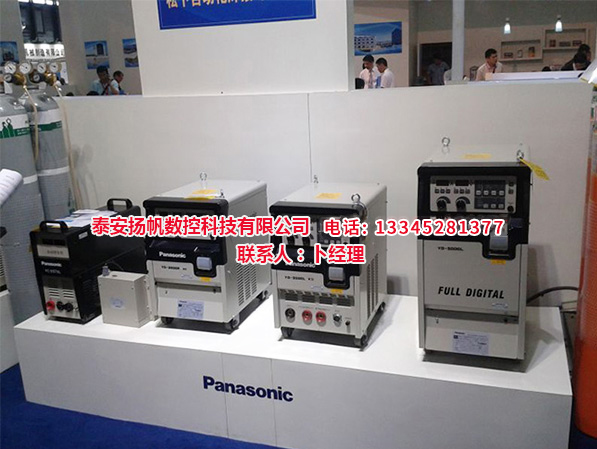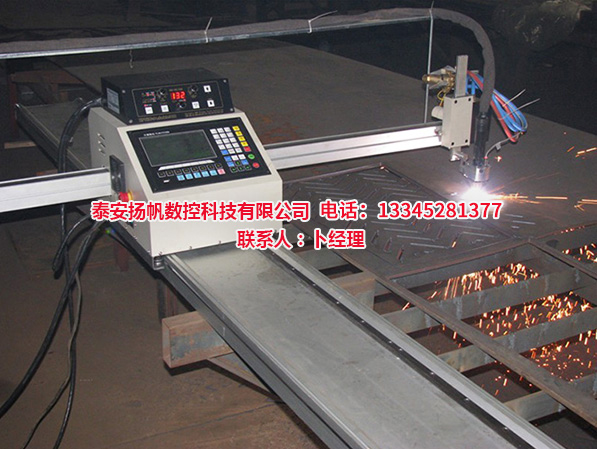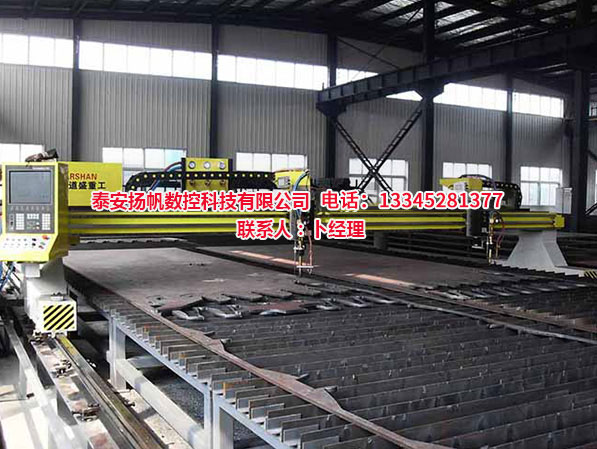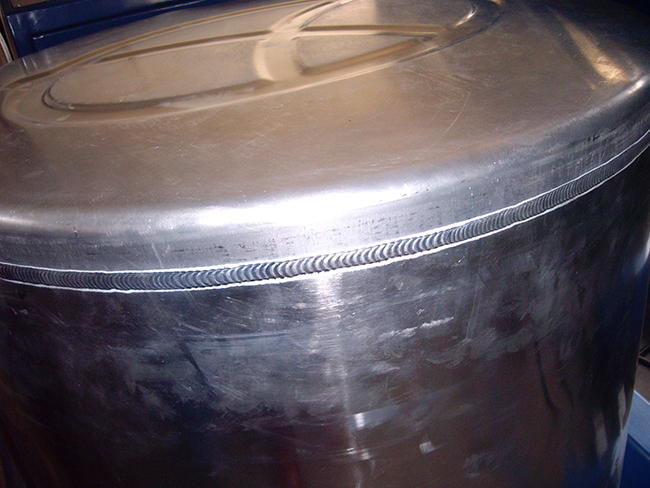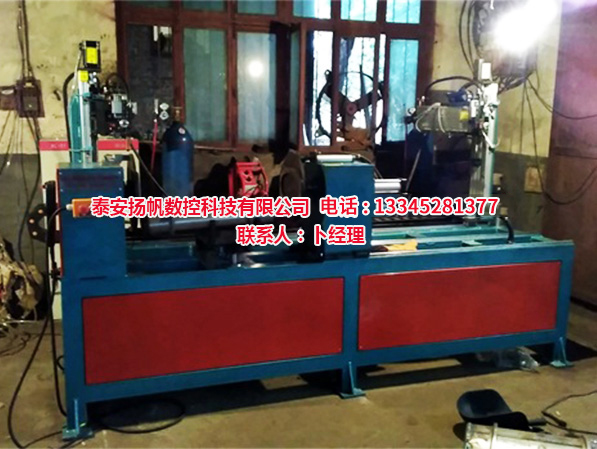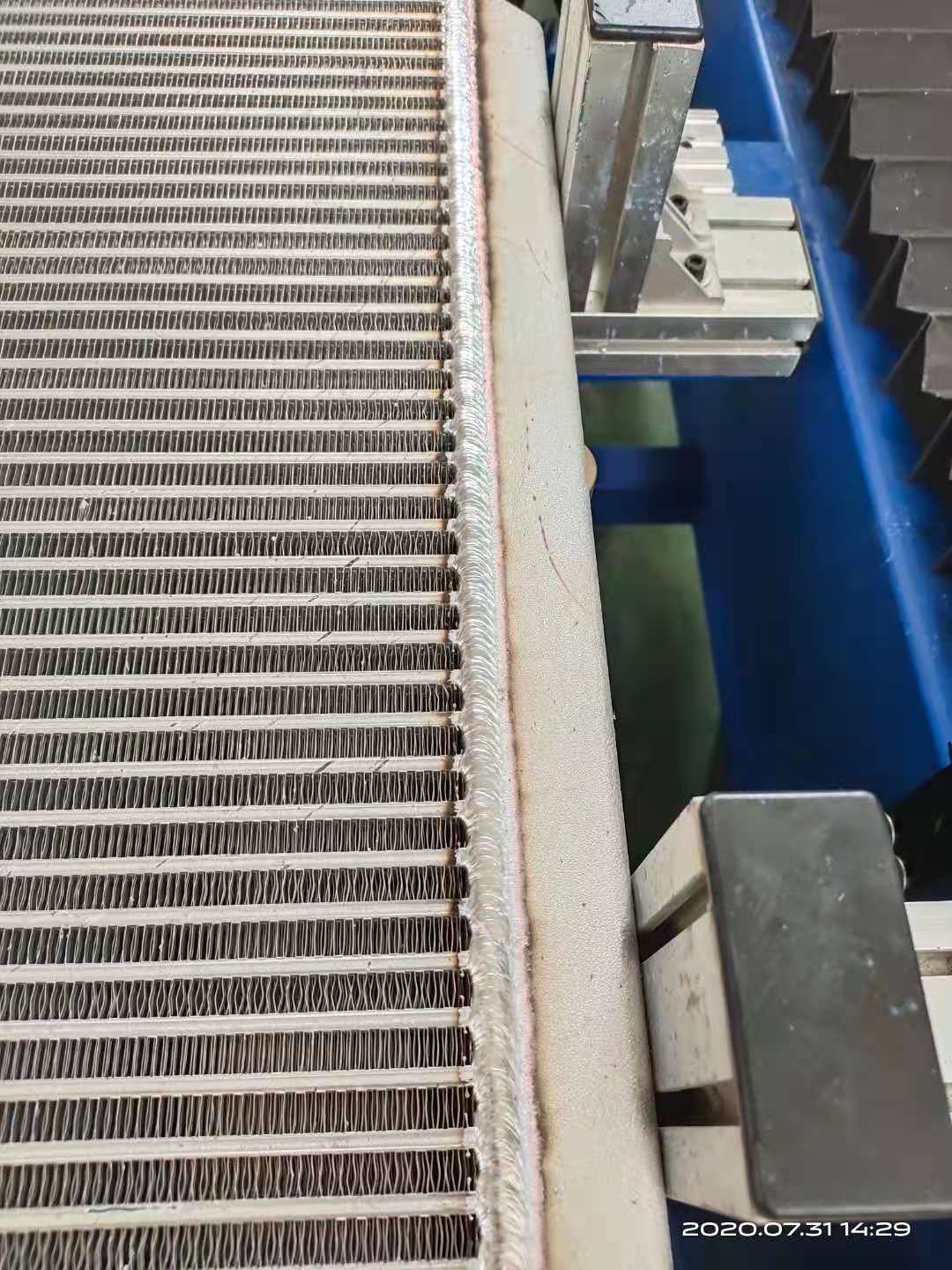如何在焊接機器人進(jìn)行設備預測性維護?
來(lái)源:http://m.aplwebs.com/ 發(fā)布時(shí)間:2023-05-30 瀏覽次數:0
工業(yè)焊接機器人機械,電氣系統復雜,工作區域大,運行速度快,因而無(wú)法準確預測在不同工況下有可能出現的所有危險,尤其在人工示教編程或者維護時(shí),任何操作失誤和未知的系統缺陷都有可能造成設備損壞甚引發(fā)重大事故。那么如何在焊接機器人進(jìn)行設備預測性維護?山東數控焊接設備廠(chǎng)家為您分析:
The mechanical and electrical systems of industrial welding robots are complex, with large working areas and fast operating speeds, making it difficult to accurately predict all the hazards that may occur under different working conditions. Especially during manual teaching programming or maintenance, any operational errors and unknown system defects may cause equipment damage or even major safety accidents. So how to perform predictive maintenance on welding robots? Shandong CNC welding equipment manufacturer analyzes for you:
預測性維護的分類(lèi)
Classification of Predictive Maintenance
預測性維護可以分為基于設備機理和基于數據驅動(dòng)預測兩種類(lèi)型。基于機理模型的預測是建立設備故障與機械動(dòng)力學(xué)、熱力學(xué)和計量學(xué)等數學(xué)模型的關(guān)聯(lián)關(guān)系預測設備故障,而數據驅動(dòng)模型則是通過(guò)大量數據的學(xué)習和訓練,形成智能化的決策模型。
Predictive maintenance can be divided into two types: device mechanism based and data-driven prediction based. The prediction based on mechanism model is to establish the relationship between equipment failure and mathematical models such as mechanical dynamics, thermodynamics and metrology to predict equipment failure, while the data-driven model is to form an intelligent decision-making model through learning and training a large amount of data.
前者更適用于旋轉類(lèi)設備,數據驅動(dòng)模型更適用于復雜不確定系統和黑箱過(guò)程的預測和控制,數據驅動(dòng)模型是基于經(jīng)驗數據統計關(guān)系或統計特征的預測和控制方法,其效果依賴(lài)于輸入數據的準確性和響應頻率。
The former is more suitable for rotating equipment, while data-driven models are more suitable for prediction and control of complex uncertain systems and black box processes. Data-driven models are prediction and control methods based on empirical data statistical relationships or statistical features, and their effectiveness depends on the accuracy and response frequency of input data.
預測性維護的實(shí)施流程
Implementation process of predictive maintenance
01
01
數據獲取
Data acquisition
通過(guò)模擬仿真和傳感器測量獲得目標設備或系統的全壽命數據。
Obtain full life data of the target equipment or system through simulation and sensor measurement.
02
02
數據處理
data processing
包括數據預處理和特征提取,對數據進(jìn)行過(guò)濾和整理,識別數據中工況信息,剔除非重要變量,通過(guò)特征提取的方法得到衰退特征,供模型訓練使用。
This includes data preprocessing and feature extraction, filtering and organizing the data, identifying working condition information in the data, removing non important variables, and obtaining decay features through feature extraction methods for model training.
03
03
特征提取
feature extraction
刪除對任務(wù)無(wú)有用信息的屬性,對傳感器數據特征提取方法進(jìn)行設計,建立基于傳感數據特征提取的計算機預測性維護模型,并進(jìn)行對比實(shí)驗。
Delete attributes that have no useful information for the task, design feature extraction methods for sensor data, establish a computer predictive maintenance model based on sensor data feature extraction, and conduct comparative experiments.


04
04
模型訓練
model training
選擇適當機器學(xué)習模型,利用經(jīng)處理后的全壽命數據進(jìn)行訓練,獲得在不同工況下可以對設備的故障進(jìn)行準確預測或系統剩余壽命進(jìn)行準確預測的模型。
Select appropriate machine learning models and train them using processed full life data to obtain models that can accurately predict equipment failures or system remaining life under different operating conditions.
05
05
模型驗證
Model validation
根據系統故障預測的仿真,可以驗證維護和維修策略的可行性,并將論證結果導入策略庫中作為方案。
Based on the simulation of system fault prediction, the feasibility of maintenance and repair strategies can be verified, and the demonstration results can be imported into the expert strategy library as a solution.
06
06
模型部署
Model deployment
部署預測性維護算法模型,根據工況識別數據的反饋信息進(jìn)行故障診斷,決定設備或系統的維修策略;根據現場(chǎng)工況的數據進(jìn)行多維度分析進(jìn)行壽命預測,決定設備或系統的維護和保養策略。
Deploy predictive maintenance algorithm models, diagnose faults based on feedback information from condition identification data, and determine maintenance strategies for equipment or systems; Perform multi-dimensional analysis based on on-site working conditions data to predict service life and determine maintenance and upkeep strategies for equipment or systems.
為解決焊接機器人規模化應用過(guò)程中操作與維護規范化問(wèn)題,通過(guò)分析焊接機器人應用現狀,應用意義及發(fā)展前景,展現焊接機器人操作與維護規程必要性,同時(shí)分析焊接機器人在日常應用中存在的不足及問(wèn)題,突出焊接機器人操作及維護規程的重要性。更多相關(guān)事項就來(lái)我們網(wǎng)站http://m.aplwebs.com咨詢(xún)!
To address the standardization of operation and maintenance in the large-scale application process of welding robots, the necessity of welding robot operation and maintenance regulations is demonstrated by analyzing the current application status, significance, and development prospects of welding robots. At the same time, the shortcomings and problems of welding robots in daily applications are analyzed, highlighting the importance of welding robot operation and maintenance regulations. For more related matters, come to our website http://m.aplwebs.com consulting service
上一篇:自動(dòng)焊接機開(kāi)關(guān)電源、氣源、液壓源的日常檢查
下一篇:自動(dòng)焊接設備的注意事項以及分類(lèi)



